Introduction
Electronics and Communication Engineering, ECE, is the core subject in futuristic technological advancements. Artificial intelligence, IoT, and 5G closely bond the research parts within ECE. This contribution addresses the status of research in ECE at a time when research is becoming ever more critical to oneself. Unfortunately, many students and working professionals have difficulty with the research and publication process. This guide lays out a roadmap for conducting impactful research and successful publishing in reputed journals.
Decision Making for a Research Topic
Choosing the proper subject for research is the first and most crucial of all elements for any researcher. When choosing the area, consider the following aspect:
• Emerging Trends: Hot topics include VLSI design, embedded systems, wireless communication, and ML in ECE.
• Industry Relevance: Application of research in real-world scenarios.
• Feasibility: Make sure the topic can be handled with the resources or expertise at your disposal.
• Literature Review: Use literature to review previous work exhaustively, identify gaps, and include areas for innovation.
Conduct research well: Once you have determined your topic, execute the following steps for quality research:
1. Review Literature: Read previous papers and books to understand what has already been done.
2. Define Objectives: Clearly state your research problem and objectives.
3. Develop a Methodology: Choose the appropriate research method—experimental, simulation-based, or theoretical analysis.
4. Use Advanced Tools: Leverage tools like MATLAB, Python, Verilog, and Cadence for simulations and design.
5. Analyze Results: Thorough testing and comparison with the existing work are carried out to validate your findings.
Research Paper
A Research Paper is to be well structured by following a standard format which is:• Title: It has to be brief but descriptive.
• Abstract: This summarizes the research on the problem, methodology, and major findings.
• Introduction: This states the background, importance, and objectives of the research.
• Literature Review: This reviews the past research and establishes a gap.
• Methodology: It describes the approach, the tools, and the techniques used.
• Results and Discussion: It puts forth the findings that entail some discussion.
• Conclusion: It summarizes the study and gives ideas for future work.
• References: These should give citations of all sources in the applicable format (APA, IEEE, etc.).
Choosing the Right Journal or Conference
Publishing in an esteemed journal increases your credibility and visibility. They are as follows:
• Impact factor: Journals with high impact factors are more widely read and popularly known.
• Indexing: Choose indexed journals in Scopus, IEEE Explore, or Web of Science.
• Scope: Make sure your journal matches your research area.
• Review Time: Please consider the time of publication, as some journals take longer than others to complete the review process.
IEEE, ACM, and Springer conferences are all well-known platforms to present research.
Submission and Peer Review Process:
1. Prepare the Manuscript: Follow the formatting instructions laid down by the journal.
2. Submit the Paper: This would typically involve online submission through the portal of the journal or conference.
3. Peer Review: Experts and peer reviewers read your paper and come back to you with comments.
4. Revisions: Deal with the reviewer comments, and if required, submit to the editors again.
5. Acceptance and Publication: After acceptance, your paper will be published online and in print.
Avoiding Plagiarism and Ethical Issues
Avoiding plagiarism will invite rejections and damage your academic career. Use tools like plagiarism and Grammarless to check for originality. Also, you should uphold ethical standards such as proper citation and avoiding data manipulation.
Conclusion
Innovation in technology relies heavily on research in ECE. If the steps from identifying a research topic to dissemination in named journals are followed, then the work in question may become a worthy contribution. Always remain updated with current trends, always collaborate with industry experts, and always sharpen your research skills within the framework of building next-generation technology.
Thought leaders in ECE will therefore become key players in ground breaking innovations, shaping what goes on hereafter.
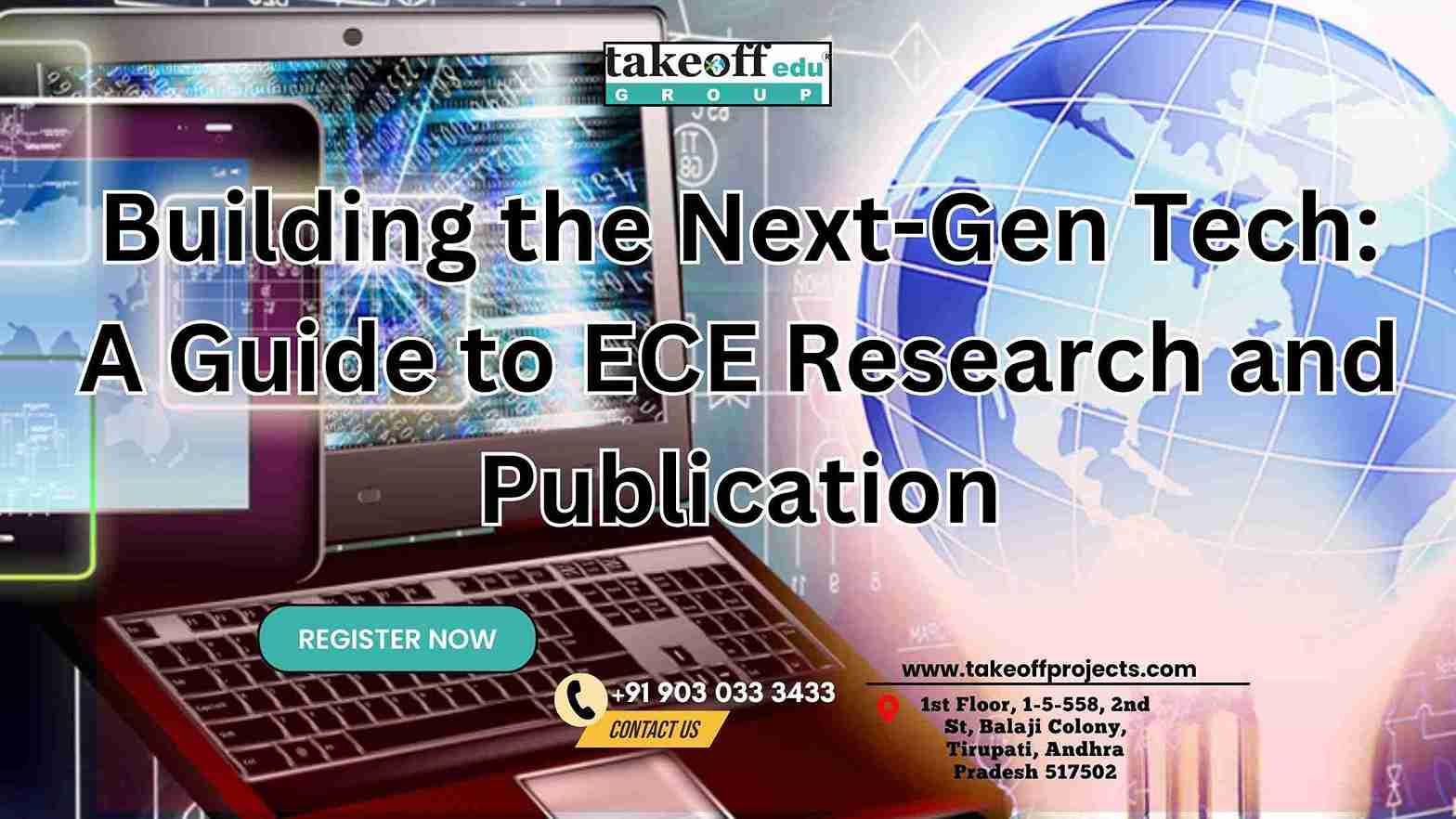
 PhD in Electrical Engineering: Research & Writing Support
PhD in Electrical Engineering: Research & Writing Support  Which are the Best PhD Assistance and Dissertation Writing Services in India?
Which are the Best PhD Assistance and Dissertation Writing Services in India?  How to Choose a PhD Research Domain: EEE, ECE, or CSE?
How to Choose a PhD Research Domain: EEE, ECE, or CSE? 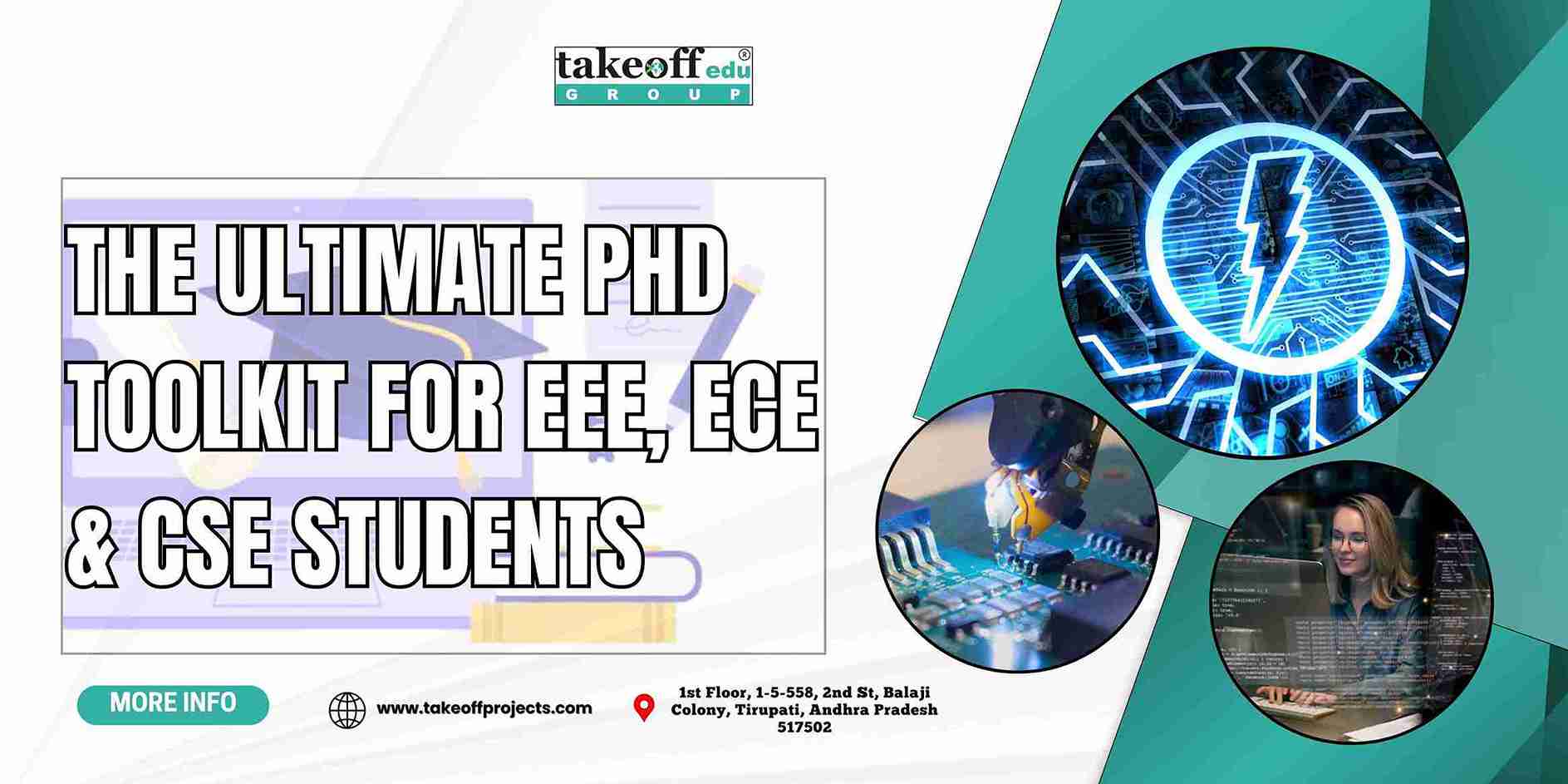 The Ultimate PhD Toolkit for EEE, ECE and CSE Students
The Ultimate PhD Toolkit for EEE, ECE and CSE Students 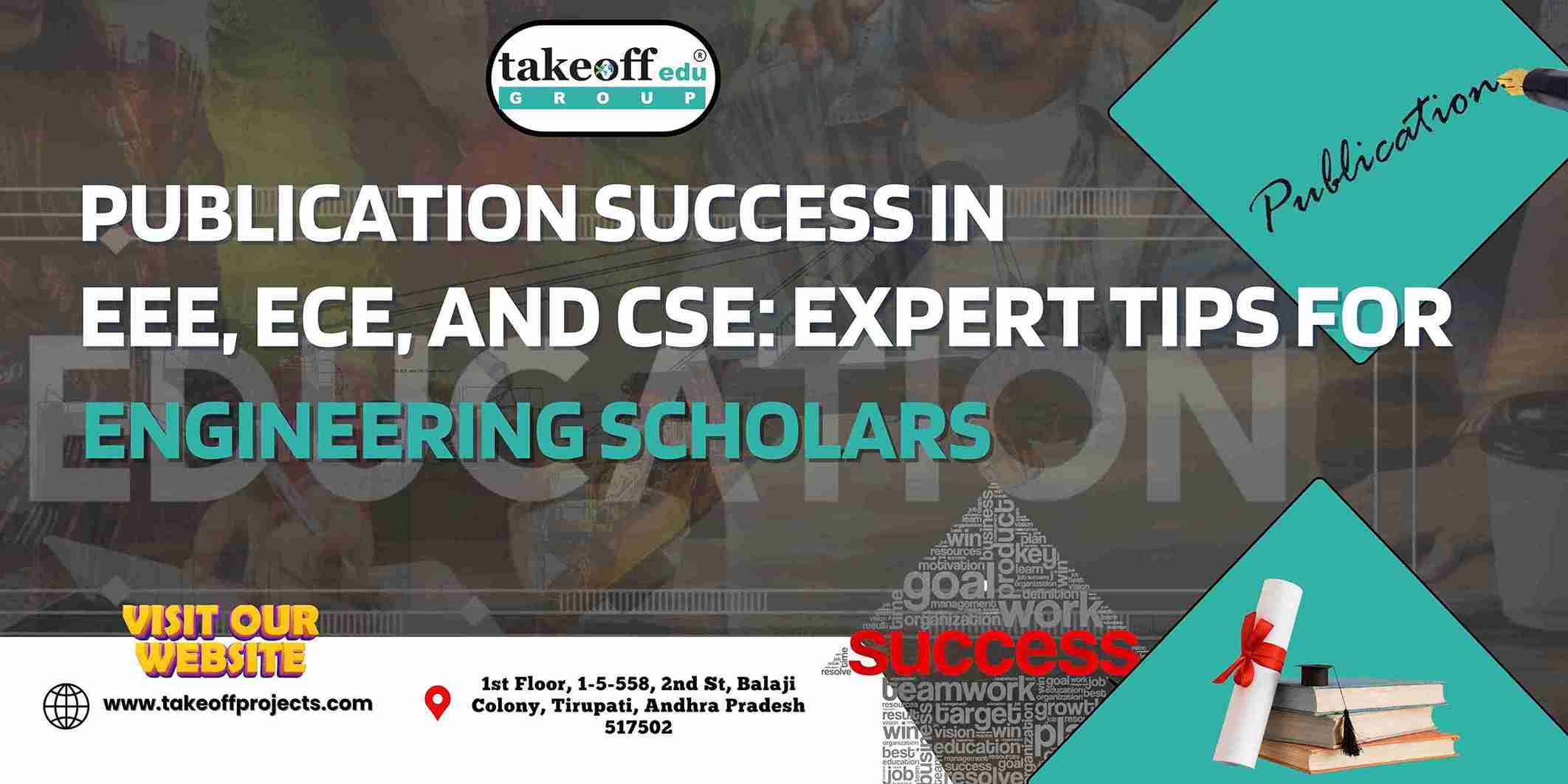 Publication Success in EEE, ECE, and CSE: Expert Tips for Engineering Scholars
Publication Success in EEE, ECE, and CSE: Expert Tips for Engineering Scholars 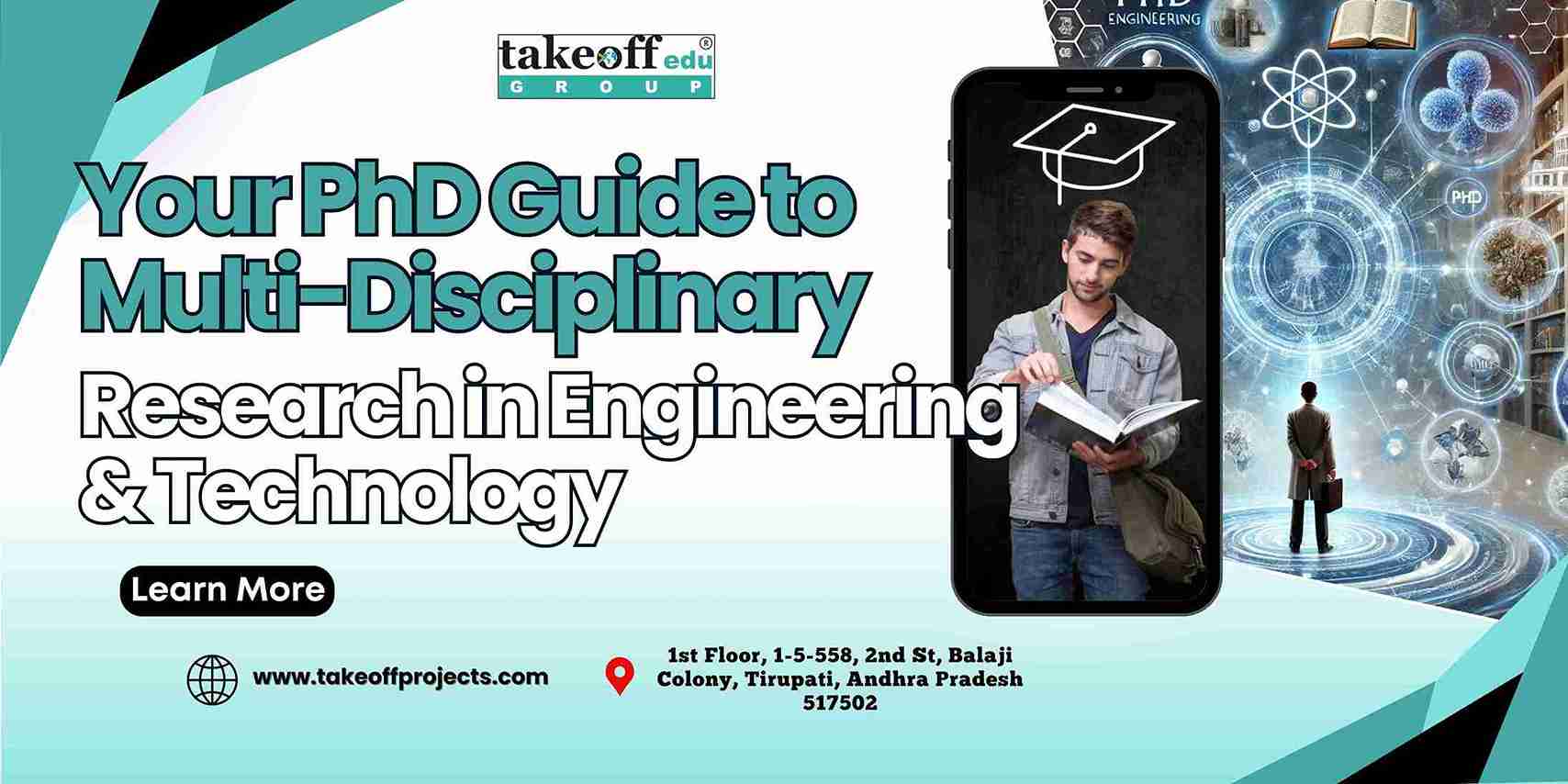 Your PhD Guide to Multi-Disciplinary Research in Engineering and Technology
Your PhD Guide to Multi-Disciplinary Research in Engineering and Technology  Top PhD Topics across EEE, ECE, and CSE: Bridging Innovation and Impact
Top PhD Topics across EEE, ECE, and CSE: Bridging Innovation and Impact 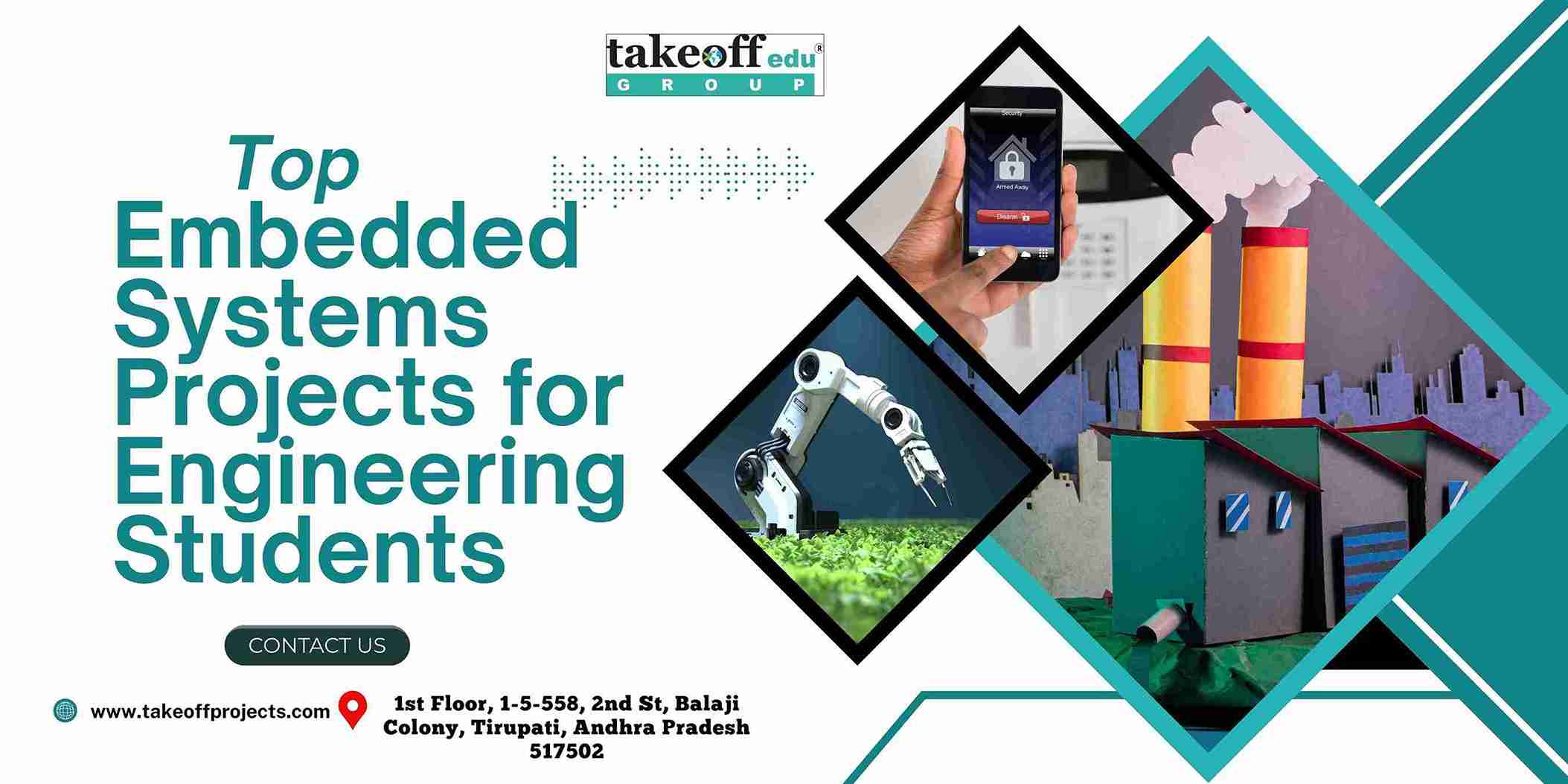 Top Embedded Systems Projects for Engineering Students
Top Embedded Systems Projects for Engineering Students  Crafting the Future of Tech: PhD Research Trends in Software Engineering
Crafting the Future of Tech: PhD Research Trends in Software Engineering 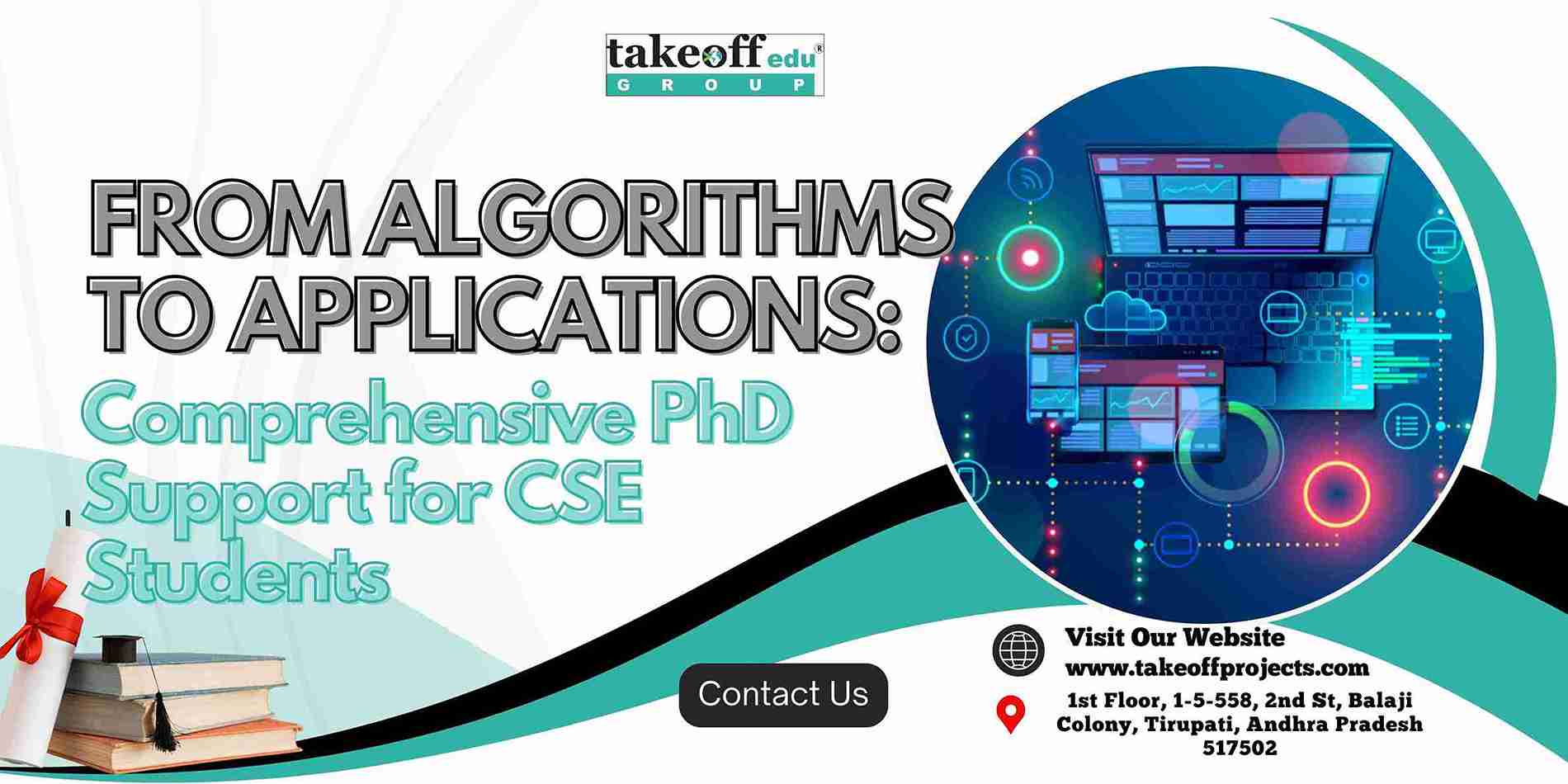 From Algorithms to Applications: Comprehensive PhD Support for CSE Students
From Algorithms to Applications: Comprehensive PhD Support for CSE Students  Cybersecurity and Blockchain: Pioneering Research Areas for PhD Scholars
Cybersecurity and Blockchain: Pioneering Research Areas for PhD Scholars  The Art of Writing High-Impact Research Papers in CSE Domains
The Art of Writing High-Impact Research Papers in CSE Domains  AI, ML, and Big Data: Emerging PhD Topics in CSE to Watch
AI, ML, and Big Data: Emerging PhD Topics in CSE to Watch  Top Research Trends in Electrical Drives for Aspiring PhD Scholars
Top Research Trends in Electrical Drives for Aspiring PhD Scholars 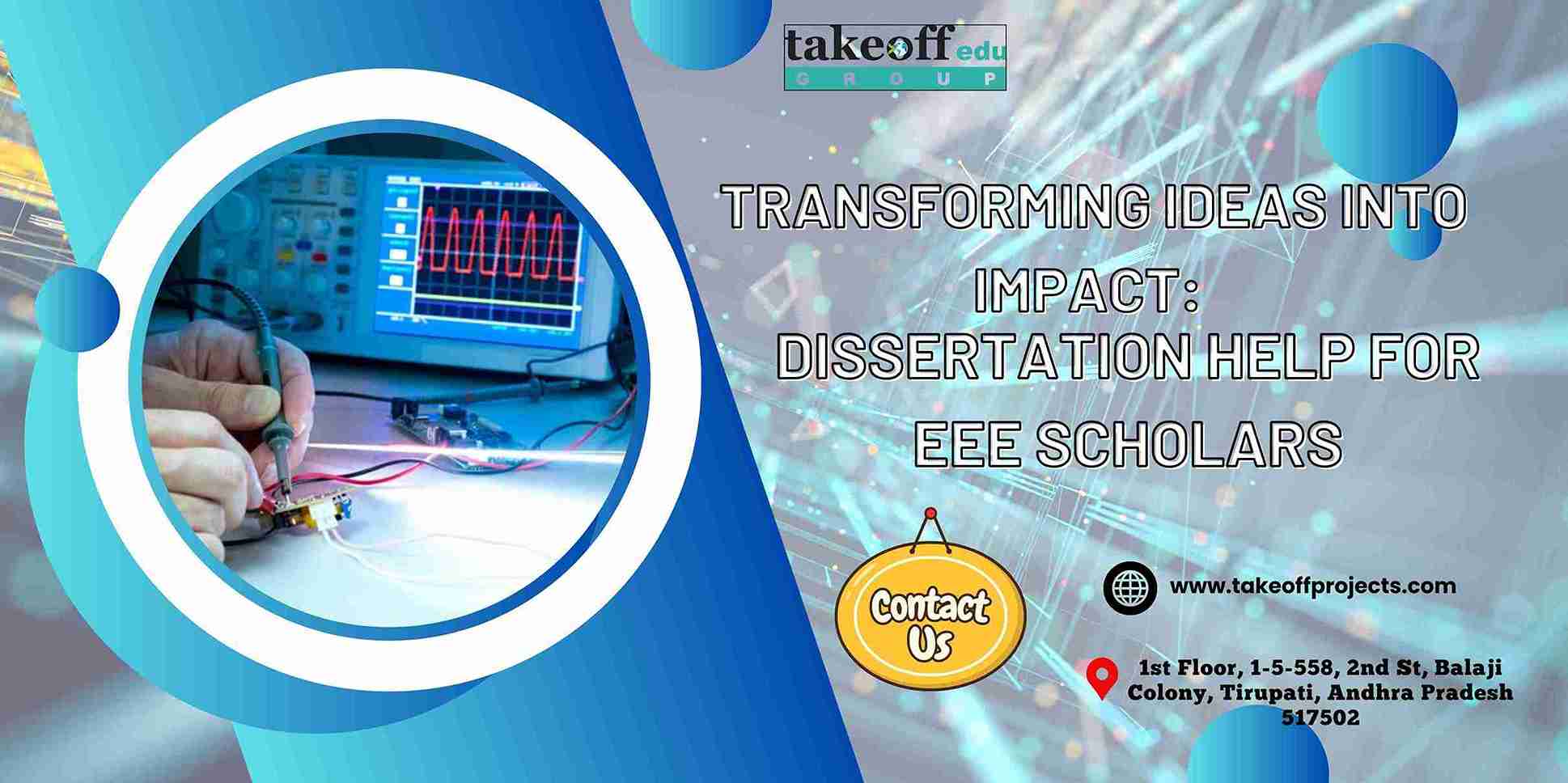 Transforming Ideas into Impact: Dissertation Help for EEE Scholars
Transforming Ideas into Impact: Dissertation Help for EEE Scholars 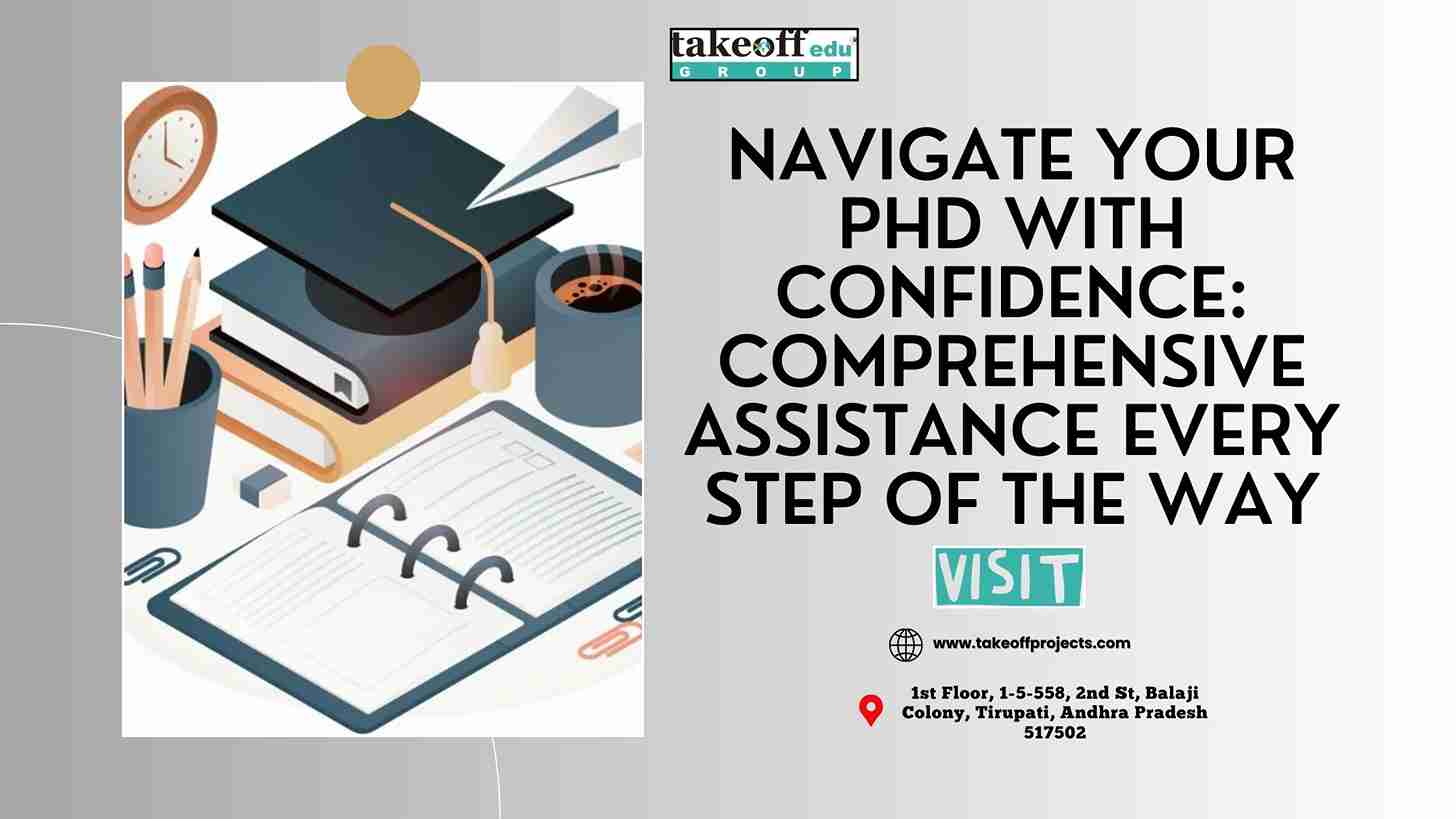 Navigate Your PhD with Confidence: Comprehensive Assistance Every Step of the Way
Navigate Your PhD with Confidence: Comprehensive Assistance Every Step of the Way  ECE Dissertation Success: Expert Tips for Writing and Publishing your Academic Success
ECE Dissertation Success: Expert Tips for Writing and Publishing your Academic Success 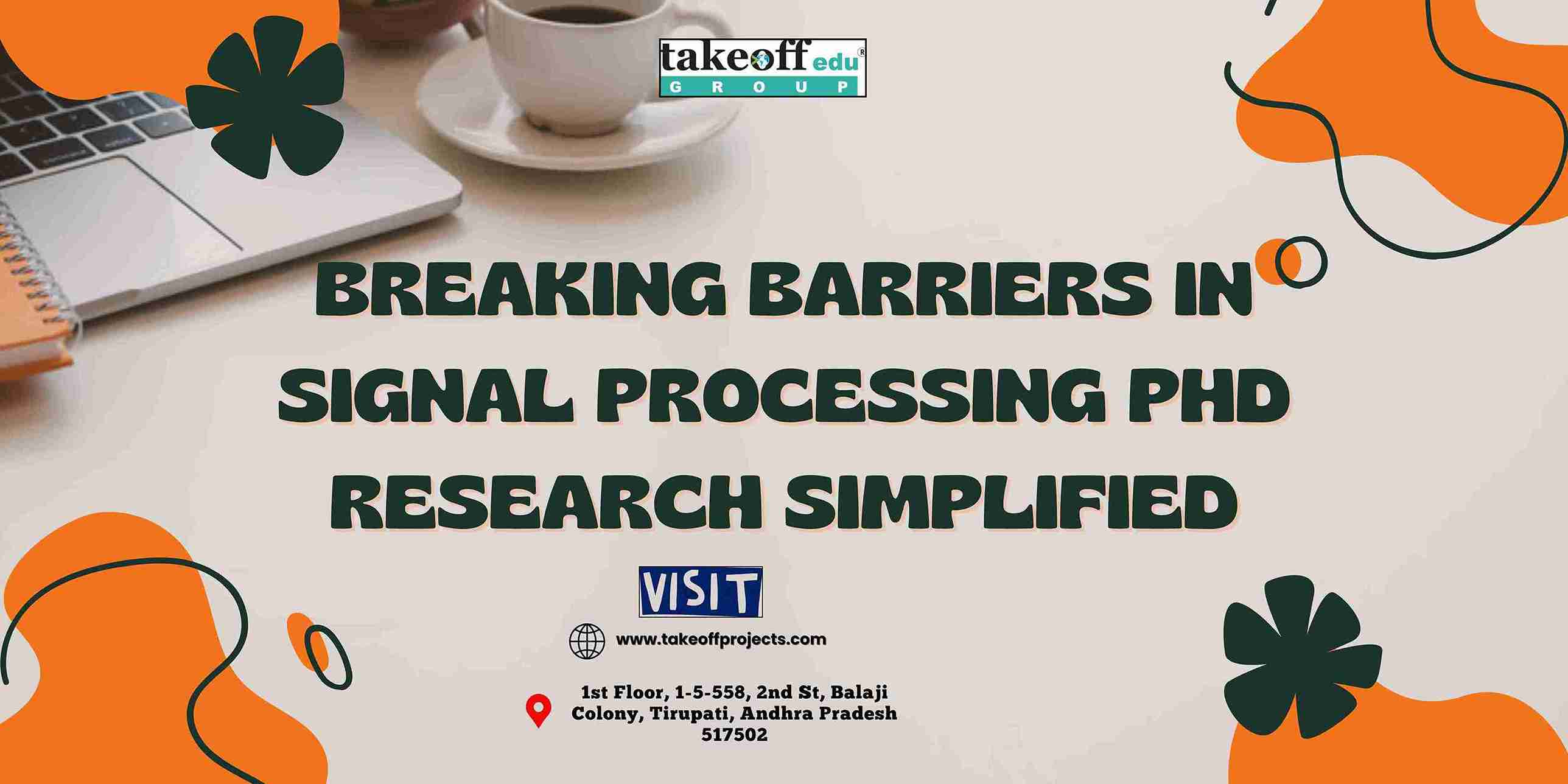 Breaking Barriers in Signal Processing: PhD Research Simplified
Breaking Barriers in Signal Processing: PhD Research Simplified 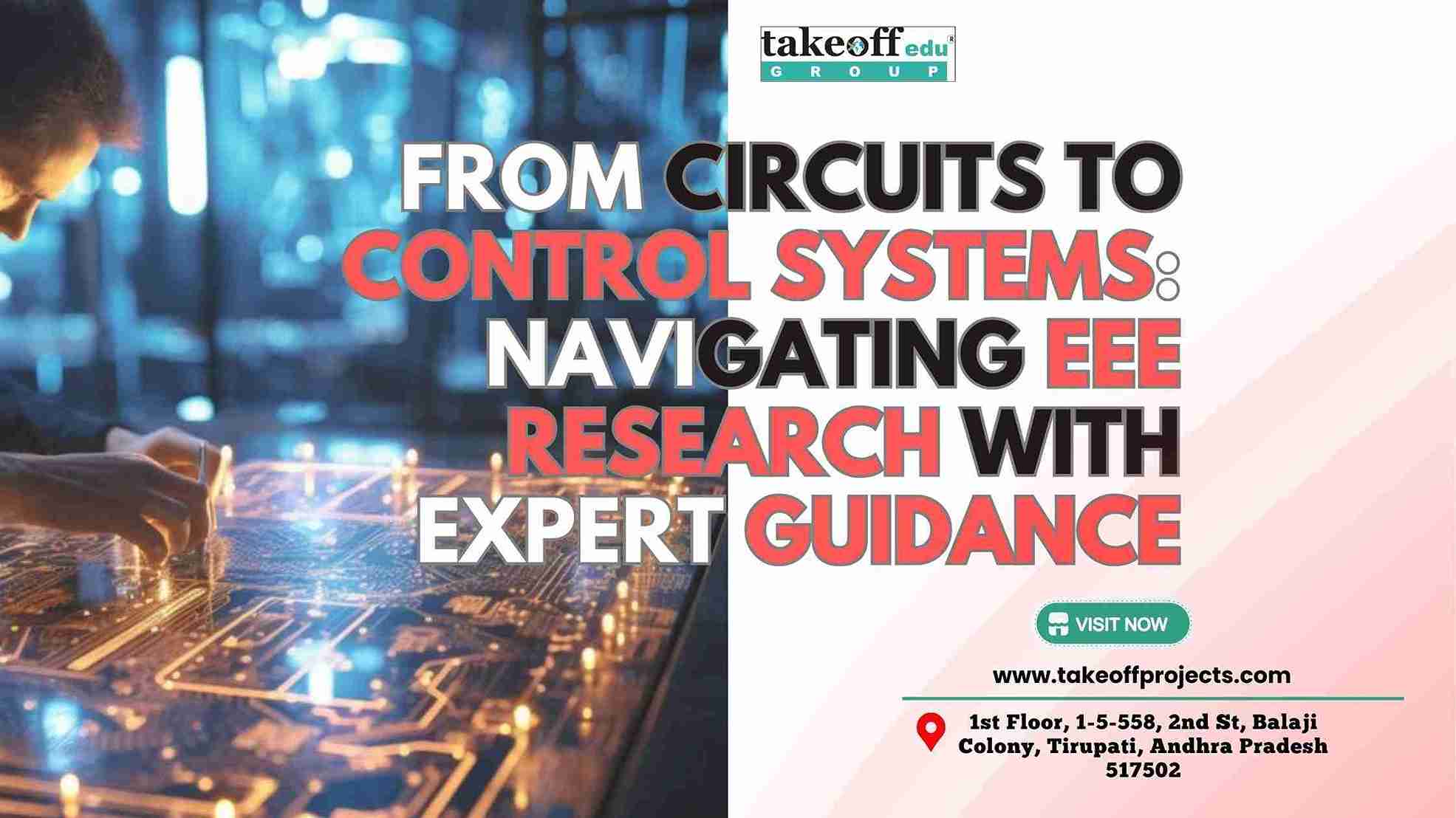 From Circuits to Control Systems: Navigating EEE Research with Expert Guidance
From Circuits to Control Systems: Navigating EEE Research with Expert Guidance  From Data to Discovery: Quantitative Analysis That Drives Results
From Data to Discovery: Quantitative Analysis That Drives Results 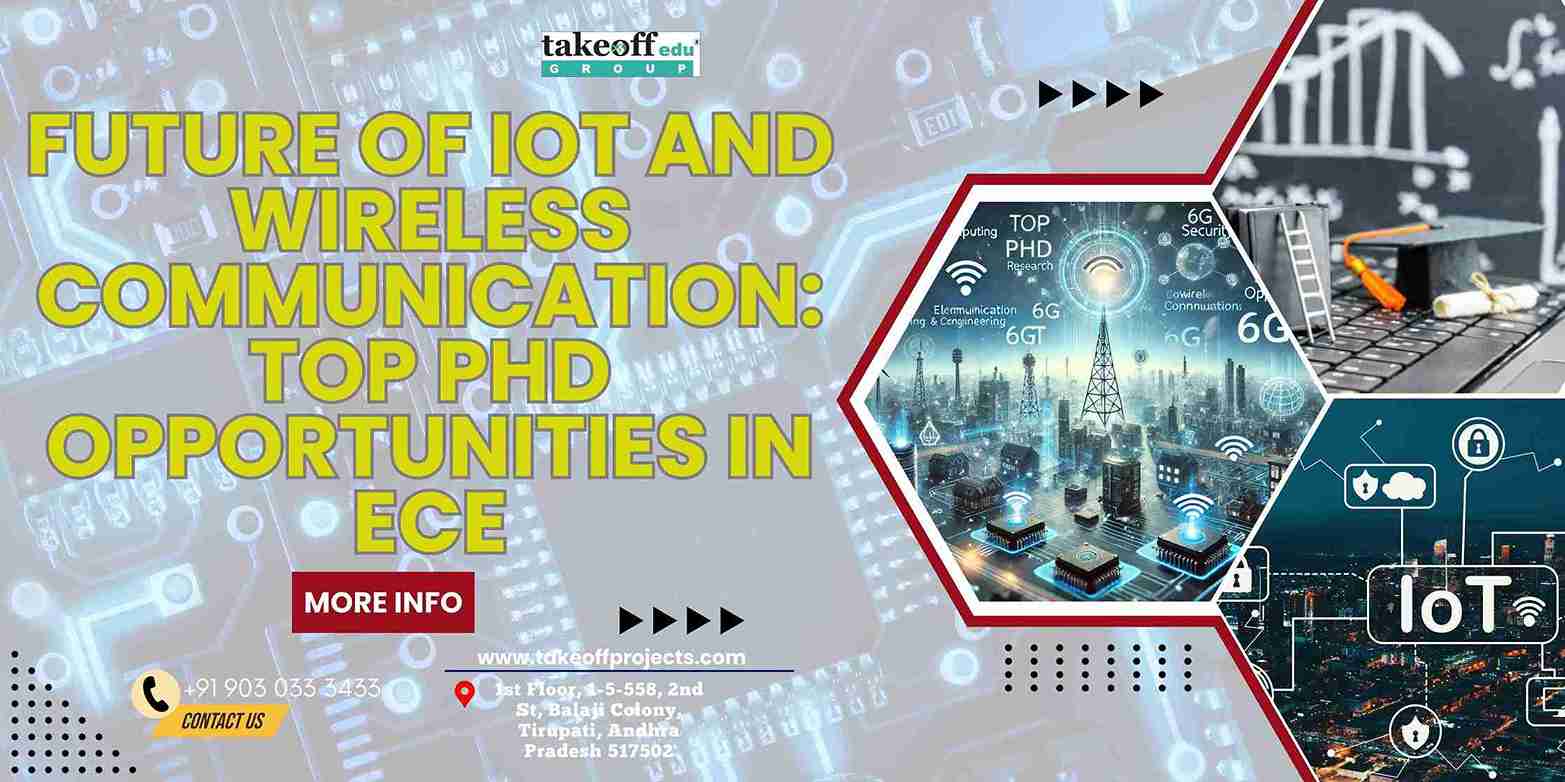 Future of IoT and Wireless Communication: Top PhD Opportunities in ECE
Future of IoT and Wireless Communication: Top PhD Opportunities in ECE  Top PhD Topics Energy Management in Power Electronics
Top PhD Topics Energy Management in Power Electronics 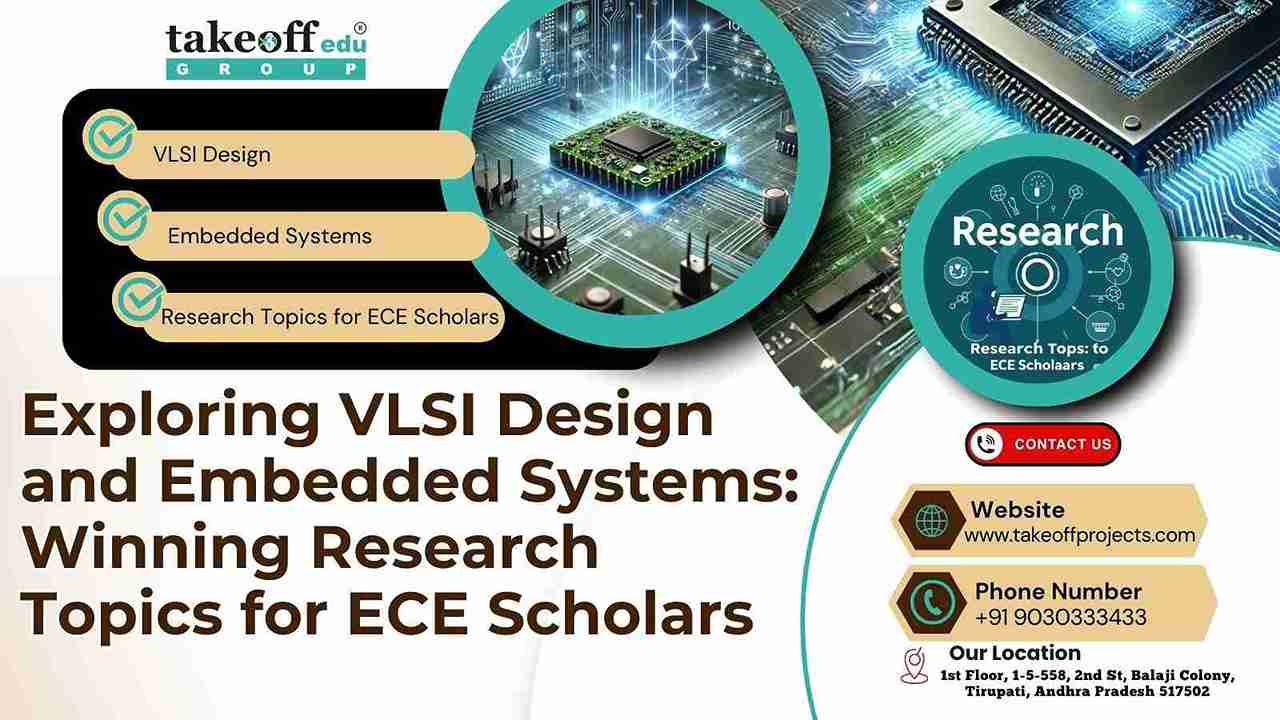 Exploring VLSI Design and Embedded Systems: Winning Research Topics for ECE Scholars
Exploring VLSI Design and Embedded Systems: Winning Research Topics for ECE Scholars  Expert-Approved Techniques for Crafting a Winning PhD Synopsis
Expert-Approved Techniques for Crafting a Winning PhD Synopsis  Writing with Purpose: How to Create Engaging Seminar Papers That Stand Out
Writing with Purpose: How to Create Engaging Seminar Papers That Stand Out  Unlocking Publication Success: Your Guide to High-Impact Journal Articles
Unlocking Publication Success: Your Guide to High-Impact Journal Articles 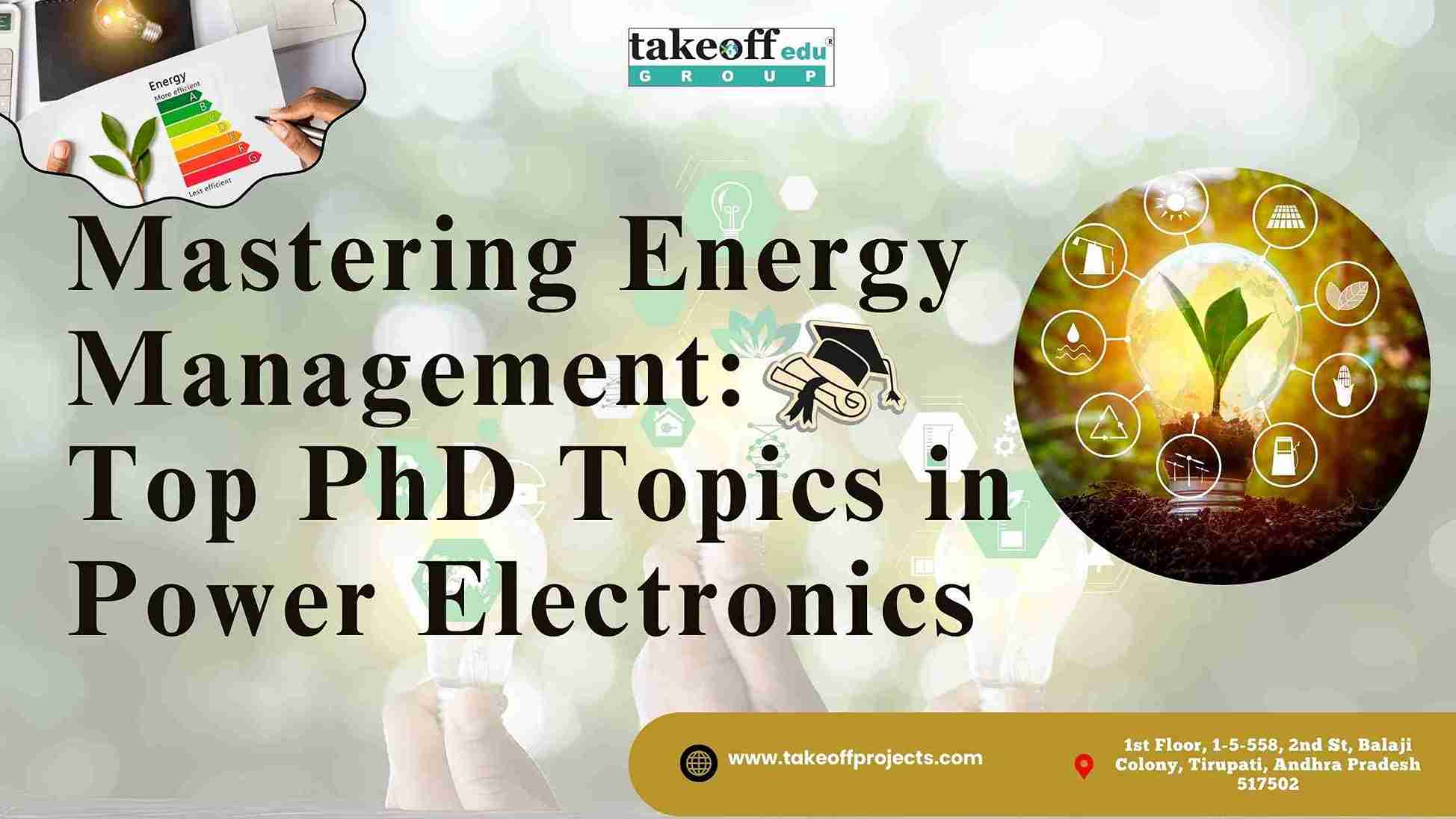 Mastering Energy Management: Top PhD Topics in Power Electronics
Mastering Energy Management: Top PhD Topics in Power Electronics  PhD Topic Selection Simplified: Choosing What Matters Most to You
PhD Topic Selection Simplified: Choosing What Matters Most to You 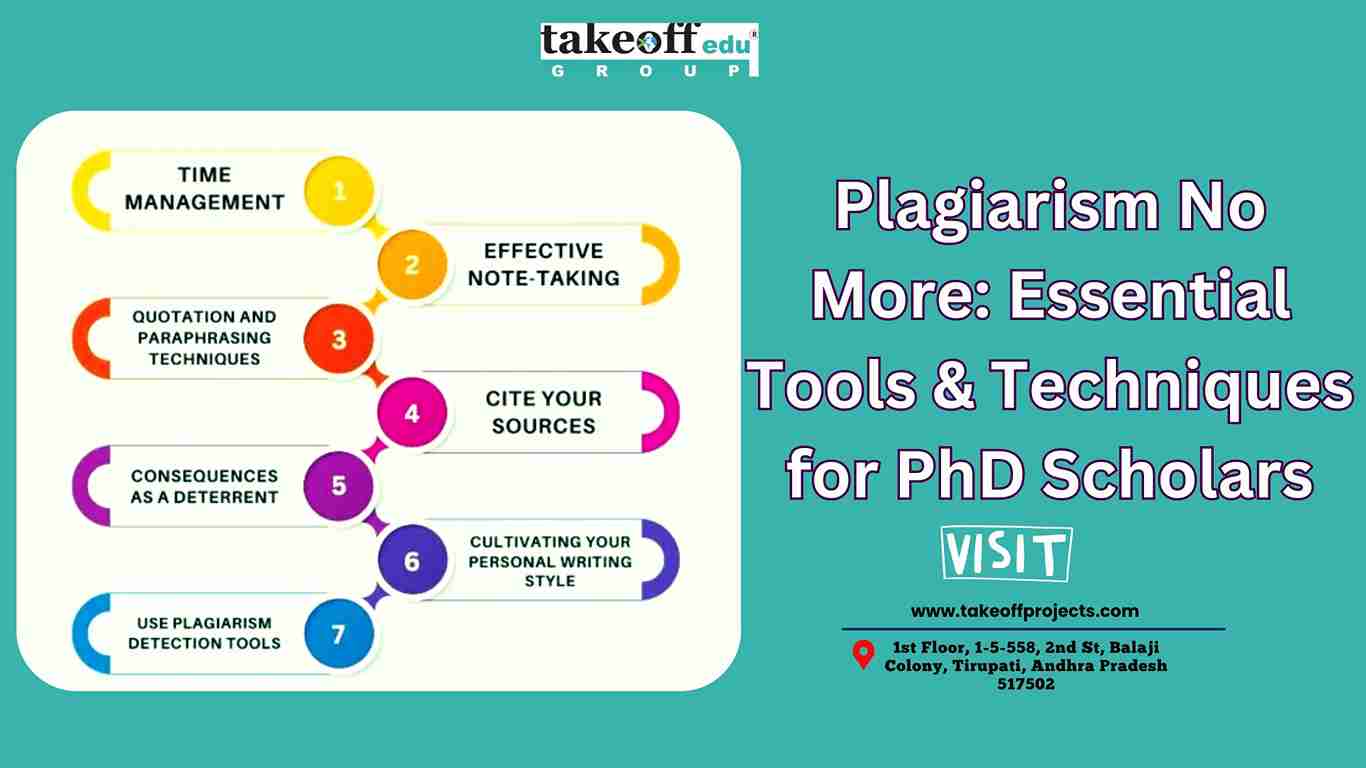 Plagiarism No More: Essential Tools and Techniques for PhD Scholars
Plagiarism No More: Essential Tools and Techniques for PhD Scholars 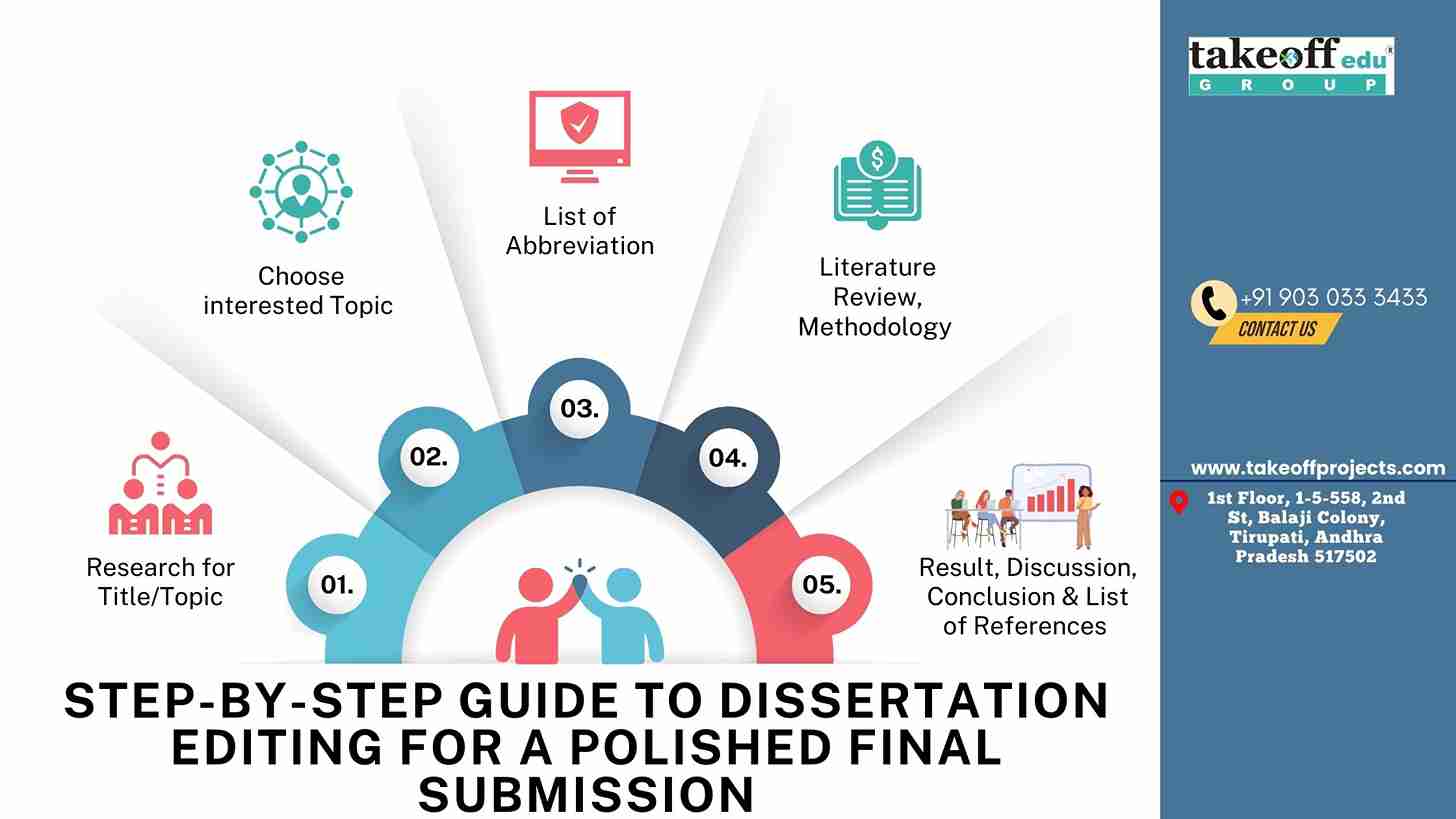 Step-by-Step Guide to Dissertation Editing for a Polished Final Submission
Step-by-Step Guide to Dissertation Editing for a Polished Final Submission  Why Literature Review Is the Backbone of Your PhD Research?
Why Literature Review Is the Backbone of Your PhD Research?  Accelerate Your Research: Software Implementation Made Easy for PhD Students
Accelerate Your Research: Software Implementation Made Easy for PhD Students  Stress-Free PhD Viva Voce Preparation: Expert Tips to Impress Examiners
Stress-Free PhD Viva Voce Preparation: Expert Tips to Impress Examiners  Transforming Data into Insights: Qualitative and Quantitative Analysis Explained
Transforming Data into Insights: Qualitative and Quantitative Analysis Explained  The Art of Problem Identification: Laying the Foundation for PhD Success
The Art of Problem Identification: Laying the Foundation for PhD Success  Say Goodbye to Plagiarism Worries: A Guide to Flawless Dissertation Writing
Say Goodbye to Plagiarism Worries: A Guide to Flawless Dissertation Writing  From Idea to Impact: Crafting High-Quality Conference and Seminar Papers
From Idea to Impact: Crafting High-Quality Conference and Seminar Papers  Crack the Code of Successful Publications: Comprehensive PhD Support
Crack the Code of Successful Publications: Comprehensive PhD Support  Top Strategies for Writing a Journal Ready Manuscript with Zero Plagiarism
Top Strategies for Writing a Journal Ready Manuscript with Zero Plagiarism  How to Nail Your PhD Research Proposal: Tips from the Pros
How to Nail Your PhD Research Proposal: Tips from the Pros 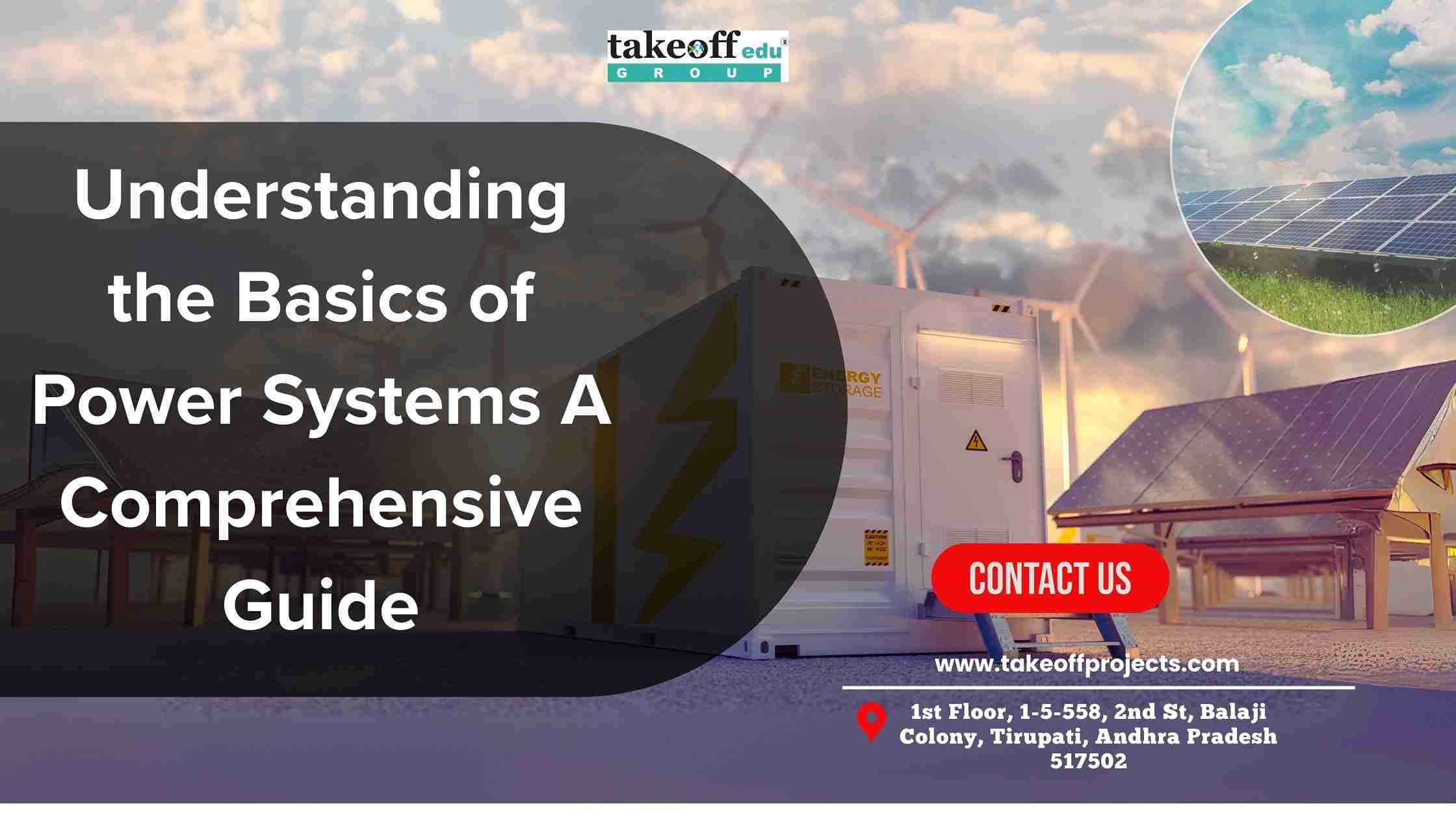 Understanding the Basics of Power Systems: A Comprehensive Guide
Understanding the Basics of Power Systems: A Comprehensive Guide  Turn Research Challenges into Opportunities: Expert PhD Consultation Services
Turn Research Challenges into Opportunities: Expert PhD Consultation Services 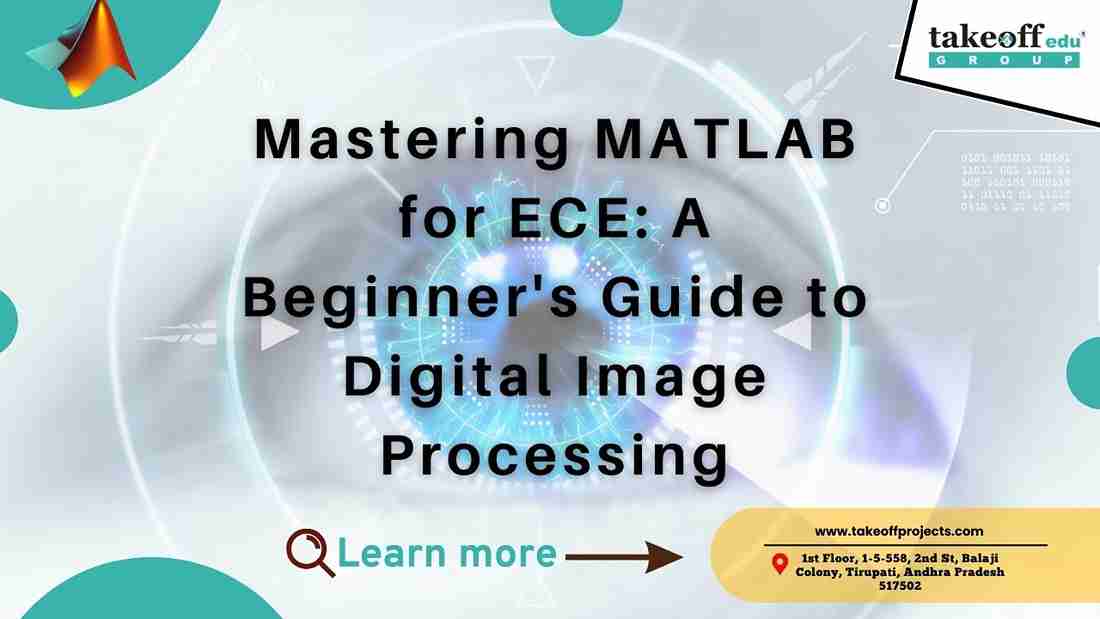 Mastering MATLAB for ECE: A Beginner's Guide to Digital Image Processing
Mastering MATLAB for ECE: A Beginner's Guide to Digital Image Processing  Mastering Your PhD Journey: From Topic Selection to Dissertation Success
Mastering Your PhD Journey: From Topic Selection to Dissertation Success  Assignment Writing Service
Assignment Writing Service  PhD Research Assistance
PhD Research Assistance  PhD Thesis Writing Services
PhD Thesis Writing Services  Masters Dissertation Writing
Masters Dissertation Writing  Journal Paper Writing
Journal Paper Writing  Research Paper Writing Services
Research Paper Writing Services 
 Paper Publishing
Paper Publishing


